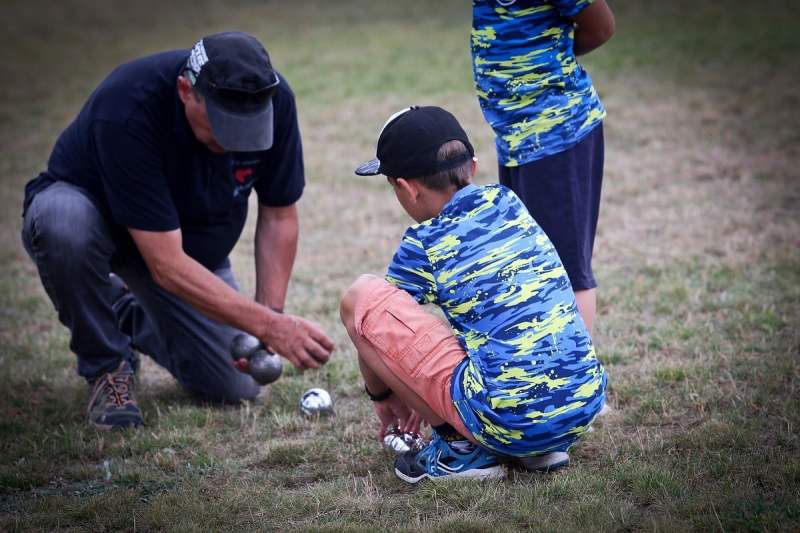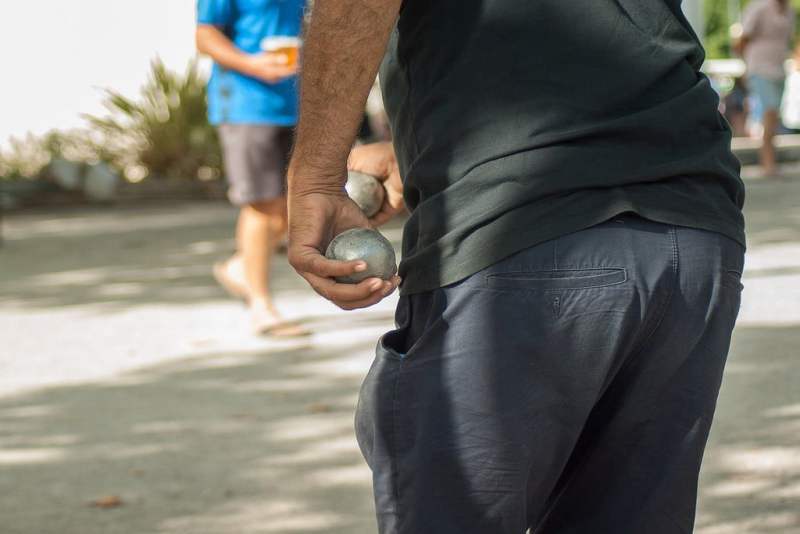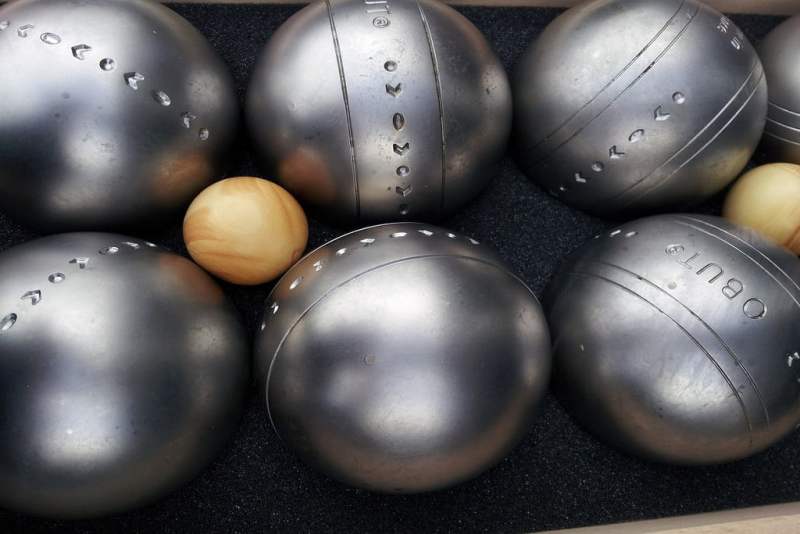
You’ve decided to take up the ancient game of bocce, have you? Well, you’re in good company! The game originated in Italy and is extremely popular in many European countries. Today, it is played professionally in Italy, Spain, and France.
You don’t have to have a professional interest in the game to enjoy it, though. People of all ages, all fitness levels, and all skill levels can easily set up a game and play just about anywhere there’s an open space.

The ancient history of bocce
Bocce is one of the most widely played games in the world. One reason for this is that the game is known to have been played as far back as 5000 B.C.E. in Egypt. There are cave paintings that show kids in the Nile Delta playing a game that looks remarkably like the bocce we know today.
Following the Egyptians, the Greeks and then the Romans adopted the game. All kinds of things might have been used as bocce balls. For example, Roman soldiers in North Africa might have used large, round pieces of fruit like peaches, plums, or melons as bocce ball substitutes.
Indeed, because the game was so popular in Rome, it ended up being taken with the Roman legions to the various nations they invaded and conquered. Thus, bocce traces back to ancient Persia, Germany, France, Spain, and the British Isles.
Formal bocce ball organizations
Bocce ball isn’t currently an Olympic sport in the U.S., but there have been efforts to include it in the past. And while it isn’t an Olympic sport, bocce ball is featured in the Special Olympics. In addition, there are organized bocce ball leagues and tournaments across the U.S. and beyond that cater to casual and competitive players, such as the United States Bocce Federation and the World Bocce League. There are just two examples, there are many more in smaller pockets of the U.S.

Everything you need to know about bocce ball
Where can you play? How do you set up a ball court? How do you play? How do you keep score? We’ll answer all these questions and more. Here’s everything you need to know about the game of bocce.
Where can you play bocce?
You can play bocce just about anywhere as long as there’s an open space for you to do so. That space also needs to be on level ground. This could be your backyard, a cobbled courtyard, a sidewalk, a deck, or the patio of your house. Many people make a bocce court by using their lawnmower to cut out a section of grass on their property. Wherever you choose to play the game, you’ll need at least two people to play against each other. It’s possible to create teams as long as there is an even number of players. If you choose to create teams, you can go up to a limit of four players per team. (There can only be a total of eight players.)
How to set up a bocce ball court
First, mark off your court. As stated above, you can play the game almost anywhere as long as it’s in an open area and on level ground. A professional bocce court, however, is 13 feet wide by 90 feet long. If it’s just you, along with friends and family, these measurements don’t have to be exact. You should try to get close to them, though, if you can.
Next, divide your court into five areas by drawing lines. You should draw these lines 10 and 4 feet from both ends of the court. A fifth line is drawn across the center. You can use string, dirt, or sand, or you can create markings at the edge of the court to signify where these lines should be.
Once the game begins, players stand behind the 10-foot line on the court’s near side, and from there, they toss their balls.
How to play bocce ball
Now we’re getting to the fun part! The game’s object is to roll your bocce balls and those of your team members as close to the target ball (the pallino or jack) as possible. Your opponents will do the same, and whichever team’s balls end up closest to the pallino scores points.
Bocce ball is made up of a predetermined number of frames (or sets) — a bit like bowling. A frame is complete once all the balls are thrown and points are awarded. You begin a frame by tossing the pallino between the 4-foot line and the playing area center. Each team takes turns tossing the pallino for each frame. A coin toss decides which team tosses the pallino during the first frame.
The coin toss winner throws the first bocce ball, and the opposing team then throws theirs. Once the first two balls are thrown (one from each team), the team with the ball farthest from the pallino then throws the rest of their balls. Each time, they try to get each one as close to the pallino as possible.
Next, the team that initially threw the ball closest to the pallino now throws the rest of theirs. Their objective is the same as that of the opposing team: Get the remaining bocce balls closer to the pallino than their opponents. Throwing bocce balls and hitting the opposing team’s balls, knocking them away from the pallino, is allowed. You can also hit the pallino itself. There are no penalties and no bonuses for doing so.
How to keep score
Scoring a bocce game is easy. During each frame, only one team can score points. For each bocce ball closer to the pallino than the opposing team’s, one point is given. The distance marker for the pallino can be used to decide which team’s balls are closer. A bocce game continues until a predetermined number of points set by the players is reached or until a team scores 12 points.
What do you need to play bocce?
Like the ancient Romans, you can use different round-shaped objects as alternatives to actual bocce balls if you can’t come by the real thing. However, the best option is to purchase a professional bocce ball set.
When considering the best bocce ball set to buy, think about what’s important to you. The craftsmanship and price can vary widely. For example, you’ll find prices ranging from mass-produced sets that cost about $40 to finely chiseled and hand-crafted bocce ball sets that run upward of $350.
Whatever you choose, remember that you’re participating in a sport that spans thousands of years when you play the game. And don’t forget to have fun!


